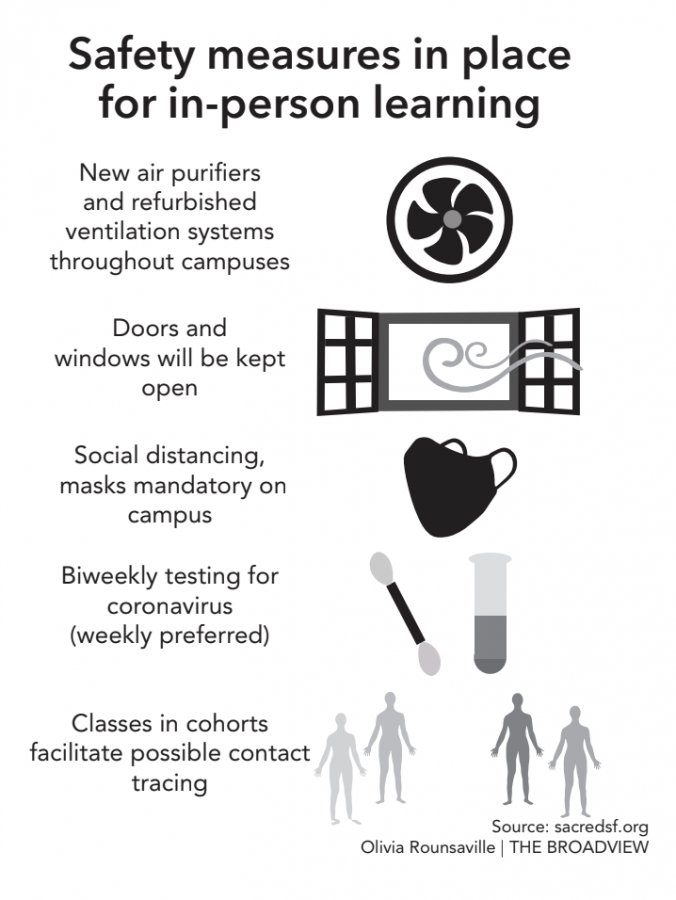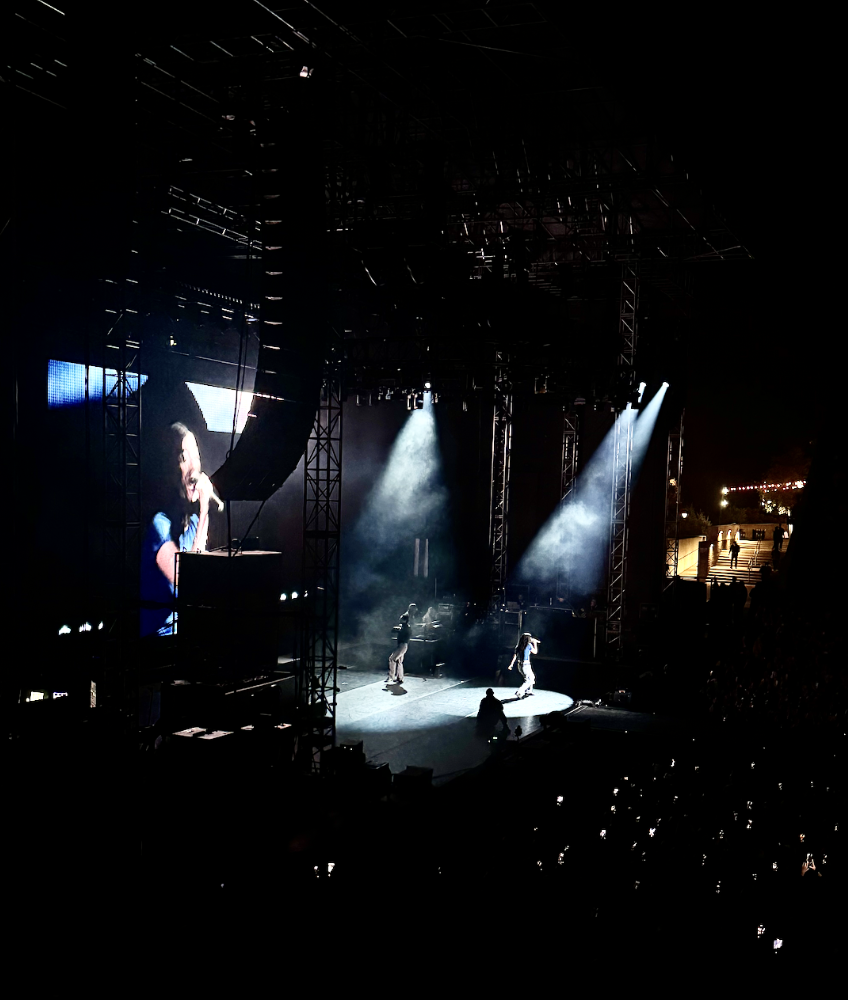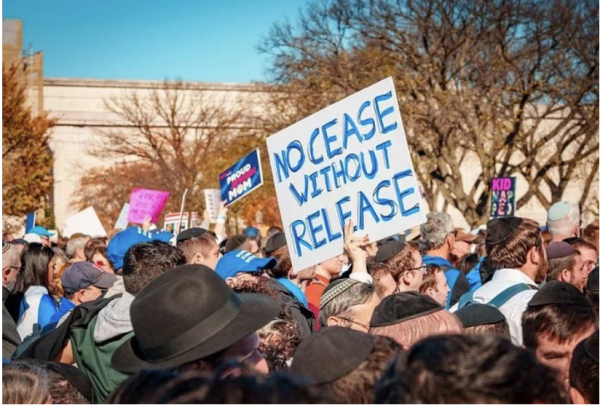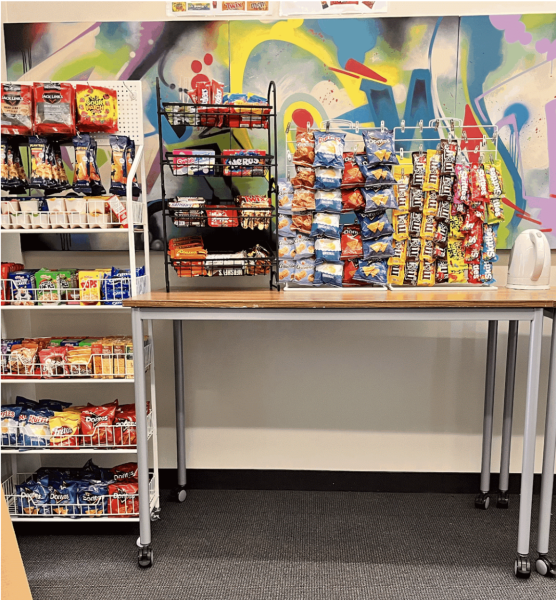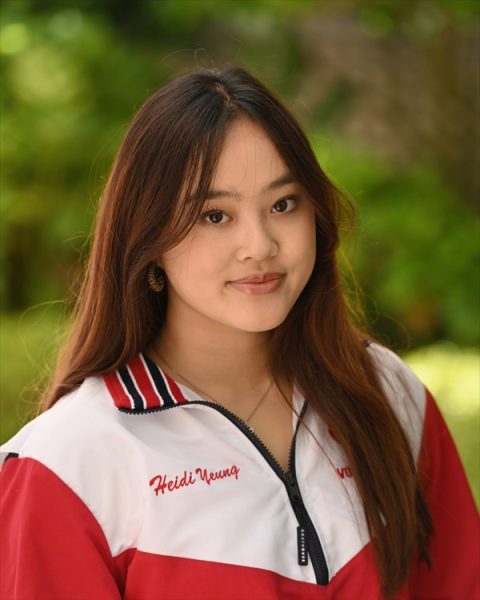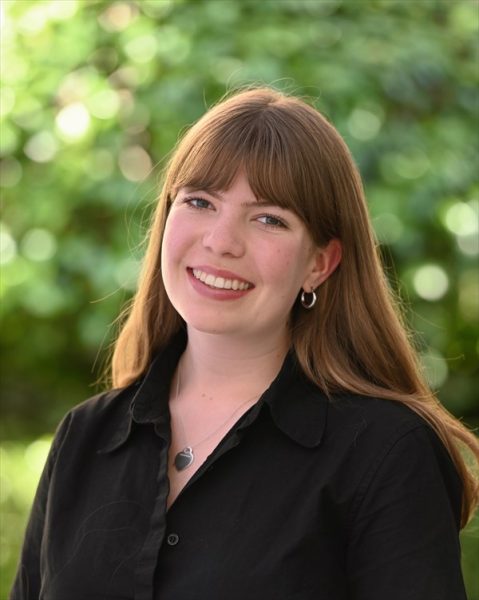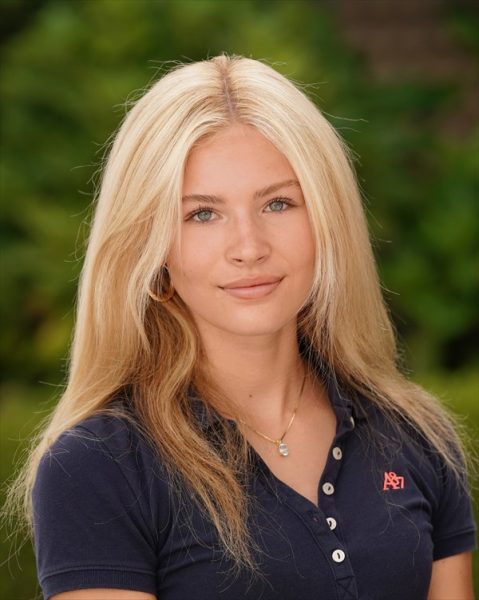High school set to return to campus
Concerns center around social behavior off-campus
November 2, 2020
Although a return date has not been announced yet, faculty and staff are busy preparing to bring high schoolers back on campus. Despite school-wide protocols, special considerations and concerns remain regarding the social behaviors of high school students.
Mandatory masks, newly installed air purifiers, rehabilitated ventilation systems and windows being kept open are new procedures the school has implemented to help protect students and faculty from the coronavirus, according to Community Life Chair Michael Buckley.
“On campus, we’ve got all the procedures and preparations ready to go to keep everyone safe so I’m not super worried about how things go on campus,” Buckley said. “I think that our adults and our kids will have to be patient with each other and encourage one another to keep up those positive habits.”
High school students are required to be tested for COVID-19 every two weeks, although weekly testing is encouraged. Before being allowed admission into any building on campus, students and faculty will be screened for symptoms of the virus.
“I really don’t think that campus is going to be the place where there might be pitfalls,” Buckley said. “I’m a little bit worried about what might happen off-campus.”
Marin Catholic High School suspended in-person instruction for two weeks after administrators were notified of a large party as well as student sleepovers, according to school president Tim Navone. As of Oct. 21, none of the school’s 800 students who commute from all over the Bay Area have tested positive for the virus.
“We need to do what is necessary to stay on campus and not go back to distance learning,” freshman Annika Paulson said. “The sooner we follow the rules, the sooner we will be able to get back to normal.”
To minimize contact, the school has implemented a block schedule that consists of two classes a day for approximately four and a half weeks. This two-class system creates a cohort intended to minimize contact between students and teachers during the school day once classes are back on campus.
“I won’t be able to see a lot of my closest friends, because we have to stay within our group,” senior Audrey Gaddis said. “I’m willing to take that step in order to go back to school because it’s not as fun just being on Zoom.”
Students will be required to sign the Parent, Family Commitment Pledge before returning to school. By signing this, the student and her family confirms the possibility of COVID-19 transition and pledges to abide by physical distancing and all other COVID-19 health mandates released by the City.
“I’m really hoping and expecting that families who signed that community pledge are signing it with great sincerity,” Head of School Rachel Simpson said. “It’s going to limit people’s actions and interactions appropriately so that we can be the most conscientious community, on behalf of the safety of our own community, but also the safety of others in the city around us.”
While some students are choosing to return back to campus when the school reopens, others are choosing to opt-out and continue distance learning, due to ongoing concerns of COVID-19.
“I can’t really afford to catch the virus and then pass it on to my parents, or other members of my family, especially since some of them have health problems,” sophomore Lucia Ahearne said. “It’s just not a risk that I’m willing to take.”
For students opting to continue with distance learning, the school is deploying innovative technology to enhance the experience of learning at home, using equipment such as the Meeting Owl.
“A Meeting Owl is a 360-degree camera, 360-degree speaker, and a 360-degree microphone that is on a wheeled stand,” Howard Levin, Director of Educational Innovation, said. “A teacher can put the Meeting Owl in a location that will maximize the ability for the device to pick up the voice so students at home can utilize the 360-degree camera in the classroom.”
In order to remain consistent with guidelines from the San Francisco Department of Public Health, the return of high school students to campus will be staggered with freshmen and seniors returning first and sophomores and juniors returning after. By doing so, the school gives the freshmen the chance to meet their new classmates and maximizes the seniors’ remaining days on campus in their final year, according to Simpson.
“I know that kids have been more isolated than they normally are and I’m sure that everyone is really eager to see their friends and get back into the normal school routine,” Buckley said. “What we’ve got to do is make sure that we balance that very natural and totally appropriate enthusiasm with also recognizing that we can’t have big social gatherings on the weekends.”



